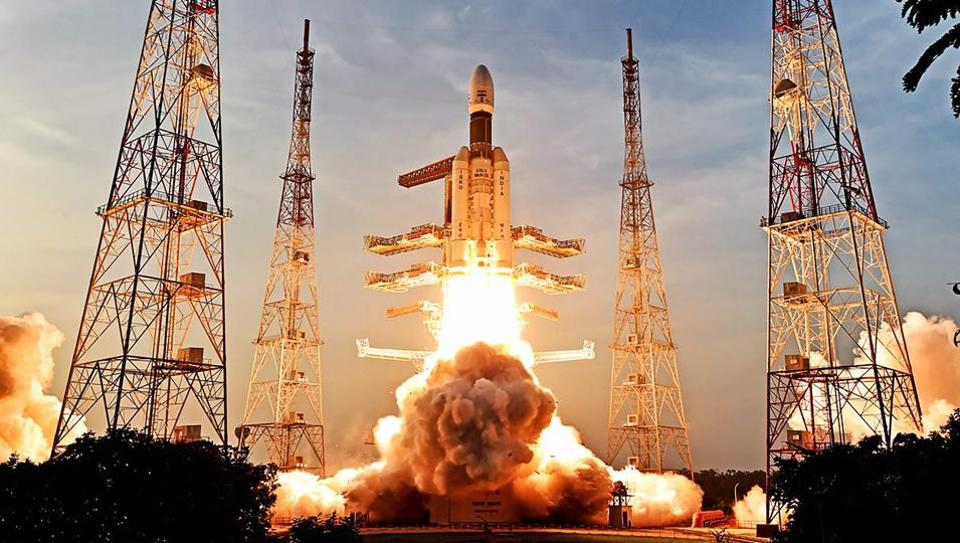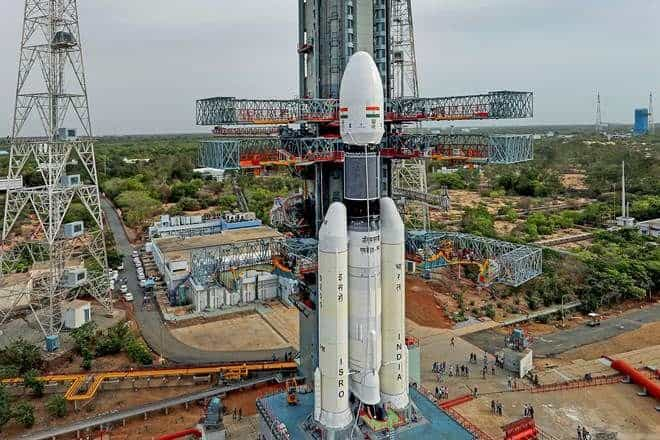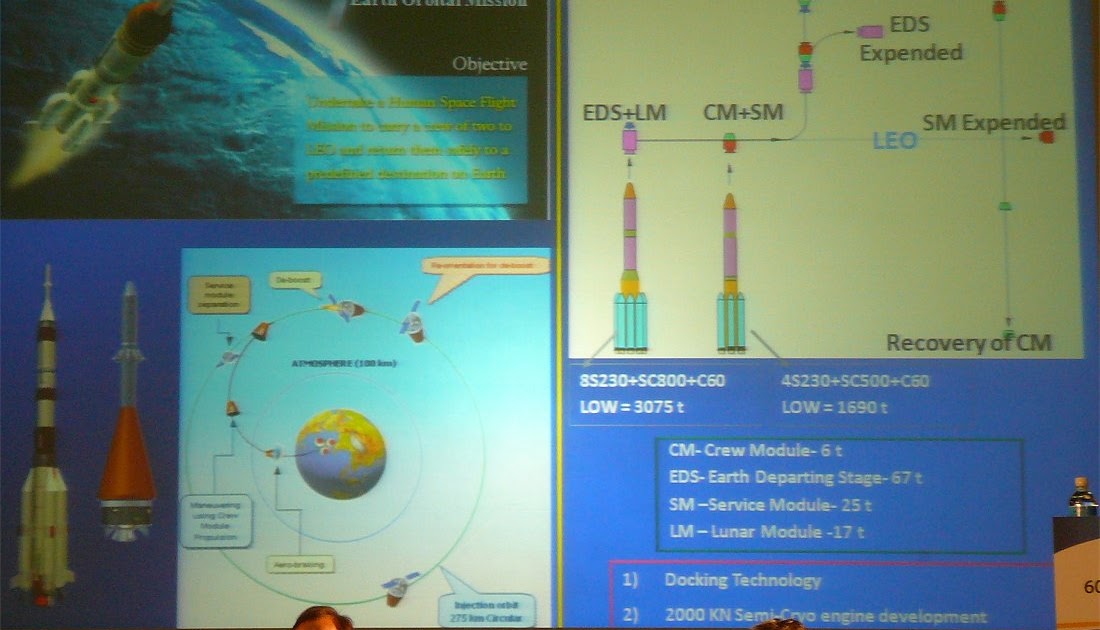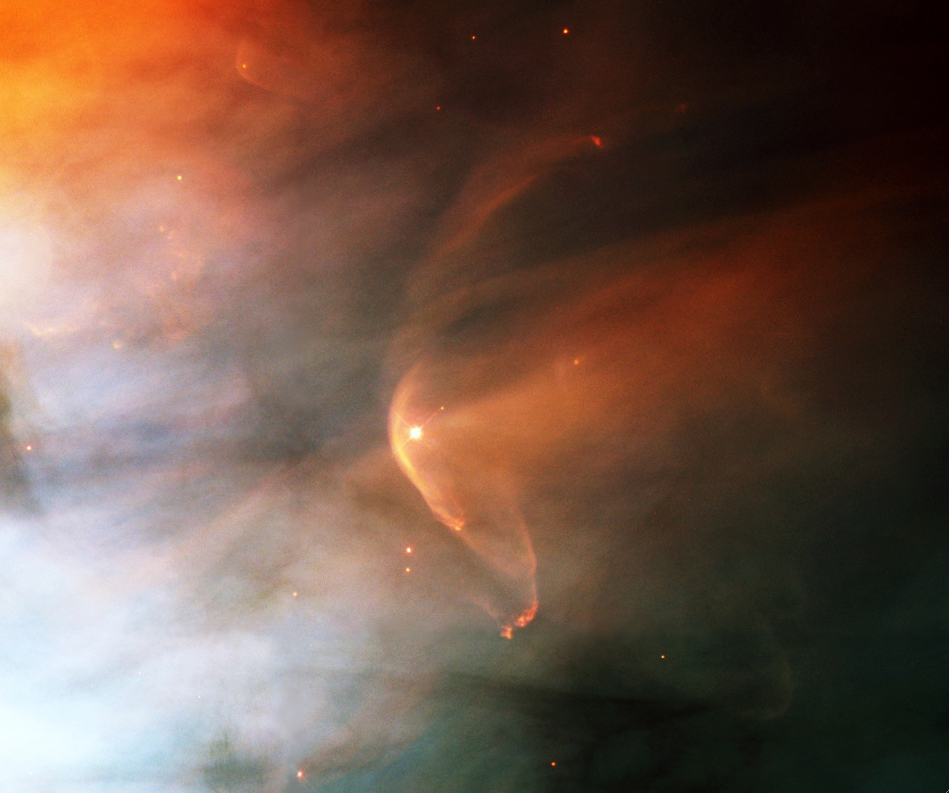The orbiter from China’s 2020 Chang’e-5 lunar sample return mission has entered orbit around Sun-Earth Lagrange point 1 as part of an extended mission.

spacenews.com
Chang’e-5 reaches Lagrange point on extended mission
HELSINKI — A spacecraft involved in China’s 2020 lunar sample return mission has entered orbit around Sun-Earth Lagrange point 1 as part of an extended mission.
The Chang’e-5 orbiter successfully entered an intended orbit around the Lagrange point at 1:29 a.m. Eastern March 15, the China Aerospace Science and Technology Corp. (CASC), the spacecraft’s manufacturer,
stated March 19.
The spacecraft will carry out a range of tests and solar observations under the control of the Beijing Aerospace Control Center (BACC). Possible future destinations for extended activities are being considered.
The extended Chang’e-5 mission is China’s first excursion to Sun-Earth L1 and first Chinese spacecraft to move inside the orbit of the Earth.
The orbiter in December facilitated the
delivery to Earth of a reentry capsule containing collected lunar materials. It then utilized propellant saved through a highly-accurate launch and trans-lunar injection to embark on an additional journey.
Sun-Earth L1, located about 1.5 million kilometers from Earth, is one of a number of points near two large co-orbiting bodies at which gravitational and centrifugal forces are balanced, allowing spacecraft to maintain an orbit around with minimal station keeping.
NASA’s DSCOVR deep space climate observatory mission is one of a number of spacecraft to have utilized Sun-Earth Lagrange point 1. The location of the Lagrange point makes it suited to long term, unobstructed observations of the Earth and the Sun.
Chang’e-5 return, continuation
The Chang’e-5 orbiter was instrumental in the successful collection of lunar material from Oceanus Procellarum late last year.
The mission
launched in late November and saw a lander spacecraft set down near Mons Rümker Dec. 1. Collected samples were delivered to the Chang’e-5 orbiter by an
ascent vehicle following a robotic lunar orbit rendezvous and docking procedure.
The orbiter left lunar orbit Dec. 12 along with a return capsule containing lunar samples. The two spacecraft separated around 5,000 kilometers from Earth Dec 16., with the return capsule performing a ‘skip’ reentry into the atmosphere.
The return capsule
landed at 12:59 Eastern Dec. 16 with 1.731 kilograms of lunar materials. The orbiter performed a maneuver to set it on a course for Sun-Earth L1.
Possible future scenarios for the Chang’e-5 orbiter could include visiting the Sun-Earth L4 or L5 points. These triangular libration points located 60 degrees ahead and behind Earth in its orbit are more stable than the other three points and could harbor near-Earth objects. Imagers could be used to survey the region for speculated Earth Trojan asteroid objects.
Potential visits of Venus or 469219 Kamoʻoalewa (2016 HO3), the stated target for China’s 2024
Zhenghe near-Earth asteroid sampling mission, are considered
unlikely based on estimates of remaining propellant and required changes in velocity.
Lunar far side update
China’s ongoing Chang’e-4 lunar far side mission is meanwhile
expected to complete its 28th lunar Day Saturday, March 20.
The January 2019 landing marked the first soft landing on the lunar far side, with communications facilitated by a relay satellite stationed in orbit around Earth-moon Lagrange point 2 beyond the moon.
The Chang’e-4 lander and Yutu-2 rover have been operating on the moon for over Earth 800 days. The solar-powered spacecraft enter a hibernation state for the intensely cold lunar nights.
The Yutu-2 rover has so far driven
652.62 meters across Von Kármán crater and is about 429 meters distant from the lander.
The mission has produced data on the local subsurface structure, potential detection of material derived from the lunar mantle, diverse rock types and secondary crater fragments encountered by the rover, first radiation dose measurements from the lunar surface and local impact histories.
China is next planning a number of
Chang’e missions to the lunar south pole. These in concert with planned Russian missions are considered the starting point for a basic stage “
International Lunar Research Station”, tentatively to be expanded into more permanent robotic facilities and potential crewed visits and long term stays.
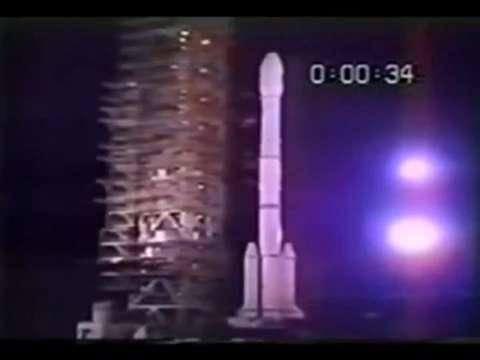
www.military.com


